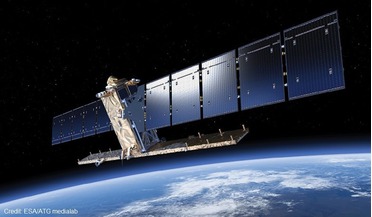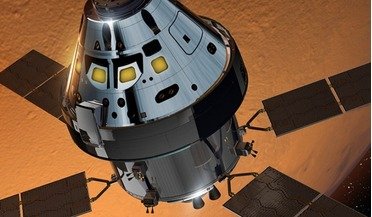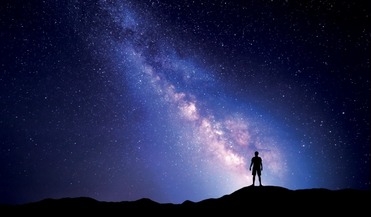 June 2015
Beagle 2: discovering the lost Mars lander
June 2015
Beagle 2: discovering the lost Mars lander
... NASA Curiosity rover such as habitable environments on Mars, large lakes in the distant past, and sporadic releases of methane have greatly increased the chance of finding evidence that life in the form of micro-organisms might have...
 October 2015
Copernicus, ESA’s most ambitious Earth Observation programme
October 2015
Copernicus, ESA’s most ambitious Earth Observation programme
...; and CarbonSat2—a proposed 3 to 5 year mission—that will measure global atmospheric amounts of carbon dioxide (CO2) and methane (CH4 ) with high spatial resolution and coverage1, which can be used to improve existing atmospheric computer models...
 January 2017
Blueprint for NASA’s journey to Mars
January 2017
Blueprint for NASA’s journey to Mars
... crew. Teleoperations and telepresence are used to interact with rocket-propelled airplanes that target the source methane emissions on Mars, rovers on the surface and the robotic Mars Ascent Vehicles that bring samples up to Phobos...
 March 2017
Twinkle - a mission to unravel the story of planets in our galaxy
March 2017
Twinkle - a mission to unravel the story of planets in our galaxy
... range will allow detections of all the expected atmospheric gases, including water vapour, carbon dioxide, methane, ammonia, hydrogen cyanide, hydrogen sulphide, as well as exotic metallic compounds such as titanium monoxide, vanadium monoxide...
 November 2017
Radiation protection for space colonists and travellers
November 2017
Radiation protection for space colonists and travellers
... with a high hydrogen content, the best being liquid hydrogen, then water, plastics and perhaps liquid methane. Neutrons are particularly hard to stop because, being chargeless, they are not affected by electromagnetic fields generated...
 January 2018
When it comes to water Mars may not be the promised land
January 2018
When it comes to water Mars may not be the promised land
... polar caps. This is also taking into account that all of the hydrogen is linked to oxygen, which is unlikely as methane has also been detected on Mars and might be trapped in the polar caps along with CO2. If this...